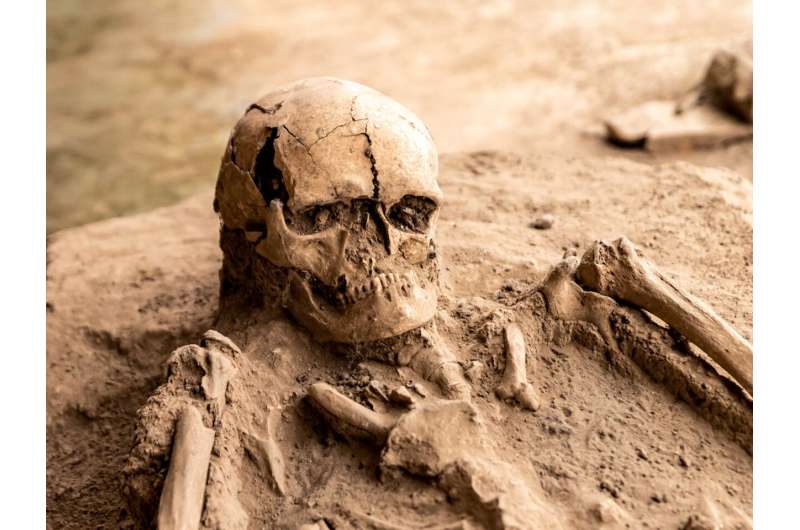Putting ethics at the forefront in the use of human skeletal remains

Department of Anatomy researcher Professor Siân Halcrow is collaborating with two biological anthropology colleagues from the United States to review the use of human skeletal remains for teaching and research.
Their aim is to develop ethical guidelines and standards for professional practice for the field by publishing papers on the ethical handling of remains of deceased individuals and ancestors.
"We call for ethical guidelines that emphasize transparency, respect for descendant communities, and the consideration of non-destructive research methods. We advocate for rehumanizing these remains, fostering collaboration with descendant communities, and supporting efforts for repatriation."
"It's important for me to be part of this international response that will help to set clear guidelines for the collection, curation, and use of human skeletal remains of deceased individuals and ancestors going forward," Siân says.
The team published their paper, "," in the American Journal of Biological Anthropology.
"Ethics needs to be at the forefront of all the work that we do, and this set of papers challenges the field to critically evaluate our work in light of the colonial and racist foundations of anatomy and anthropology."
The publication describes the ethical challenges surrounding human skeletal remains in biological anthropology, focusing particularly on the historical exploitation of marginalized communities, often acquired without consent, and treated as scientific specimens rather than as individuals with complex histories.
Siân is a biological anthropologist with a research interest in the ethics of the use and curation of human skeletal remains, and assessment of past human social and health responses to major transformative events.
Her research interests are in understanding major human changes in the past through the experiences of infants and children—the most vulnerable people in the population.
Her recent work is assessing the ethical implications of historical anatomical human remains in museums, collected mainly in the 19th and 20th centuries using means that we might consider unethical today.
More information: Gwen Robbins Schug et al, They Are People Too: The Ethics of Curation and Use of Human Skeletal Remains for Teaching and Research, American Journal of Biological Anthropology (2025).
Provided by University of Otago


















